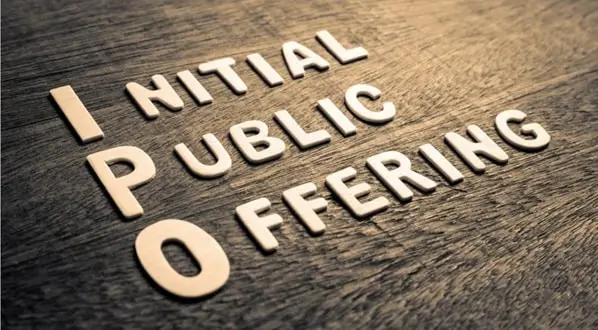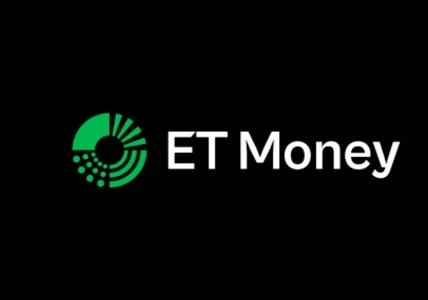For investors with a medium-term view, the public sector enterprise (PSE) environment in India presents exciting opportunities. Bharat Heavy Electricals Limited (BHEL) and Rail Vikas Nigam Limited (RVNL) stand out as prominent prospects in this field, both having different growth stories in line with the country’s energy and infrastructural improvements. They are in a unique position to maybe re-rate over the next three years given to their present valuations, sectoral tailwinds, and strategic goals.

RVNL: Railway Expansion Catalyst
Patient capital may now enter the market as the RVNL share price, which are now trading at ₹376 after a sharp decline from their 52-week peak of ₹627. Due to continuing track electrification, doubling projects, and metro rail extensions, RVNL, the engineering and construction section of Indian Railways, has a robust order book. The company’s asset-light approach and strong project execution skills enable it to sustain high operating margins of 6% even although its sales decreased by 9.33% in FY25. Because of its “Navratna” status, it has more operational autonomy and can make capital allocation choices more promptly. RVNL’s good financial situation is demonstrated by its 14% return on equity and 0% non-performing assets, which represent effective capital utilization. Beyond typical railway contracts, its potential market is further broadened by its recent expansion into international projects and renewable energy infrastructure.
BHEL: Powering India’s Energy Transition
The BHEL share price, which is presently trading at roughly ₹251, is 23.44% below its 52-week high and reflects severe pessimism. The important location of BHEL in India’s transformation to green energy and thermal power renaissance is neglected by this undervaluation. The company’s strong technical competence is still vital for updating coal-based power plants, and its move into nuclear equipment and hydrogen electrolyzers opens up new energy verticals. The high price-to-earnings ratio of 163.95, which reflects squeezed profits, is a significant symptom of BHEL’s financial troubles. But its order stream, which is anchored by military manufacturing contracts and thermal bids, means that revenue will soon expand. Significantly, BHEL’s quarterly profits per share grew 320.97% year over year to ₹1.53, suggesting that operations are increasing even in the face of recent challenges on profitability.
Comparative Strategic Positioning
Despite having varying risk-return profiles, both enterprises operate inside India’s infrastructural core. With its toll-like concession strategy, which relates revenue to project milestones rather than fluctuations in market demand, RVNL offers less execution risk. With a debt-to-equity ratio of 0.56, it has flexibility to take advantage of expansion prospects. On the other hand, since BHEL has greater operational leverage, it is more susceptible to accelerations in order flow. Its well-established industrial ecosystem, which contains R&D centers, manufacturing units, and service networks, enhances entry difficulties but requires ongoing capital investment. While BHEL offers cyclical upside potential connected to energy infrastructure cycles, RVNL assures steady execution-led profits for investors with a three-year time horizon.
Mitigating Near-Term Headwinds
A lot of factors are worth keeping a watch on. Given that it is selling at 8.19 times book value, which is substantially higher than historical norms, RVNL raises valuation concerns. To sustain investor confidence, it is necessary to reverse the slowdown in sales growth via fresh project wins. In the face of tough competition in power equipment bids and uncertainty in product prices, BHEL meets unsure profits. Working capital efficiency is pressured by large receivables (as indicated by 27 debtor days), while government initiatives to speed up power project approvals may decrease this load. Both enterprises must take advantage of India’s increase in infrastructure spending while negotiating these sector-specific limits.
Growth Catalysts and Price Trajectories
These PSEs’ three-year outlook rely on recognized catalysts. By expanding into multi-modal logistics parks and international rail projects, RVNL may be able to earn more money. According to its technical position, if order book visibility improves, consolidation above ₹370 may herald the start of a long-term recovery above ₹500–550 levels. Analyst projections for the BHEL share price imply considerable upside potential, with price predictions of ₹769 by 2027, based on nuclear energy expansions and contracts for thermal plant maintenance. Government laws mandating flue-gas desulfurization technology in already-existing power plants alone present an opportunity of ₹70,000 crore. The rate at which value is unlocked will depend on working capital optimization and execution efficiency.
Conclusion: Infrastructure-Linked Value Proposition
In terms of India’s infrastructure renewal, RVNL and BHEL represent complementing bets. RVNL enables steady annuity-style payment flows and reduces volatility sensitivity to railway upgrades. Through its double play on the adoption of clean technologies and conventional energy sustenance, BHEL delivers higher-beta potential. Because of its good balance sheet and consistent dividend (0.56% yield), investors with a moderate tolerance for risk may choose RVNL, while those hoping for a cyclical rebound would allocate to BHEL in anticipation of margin rise. Prior to sectoral tailwinds building over the investing horizon, both shares are trading below recent high, presenting great entry chances. They will operate as strategic stand-ins for India’s economic objectives because their success will reflect that of the country’s greater infrastructure development.














